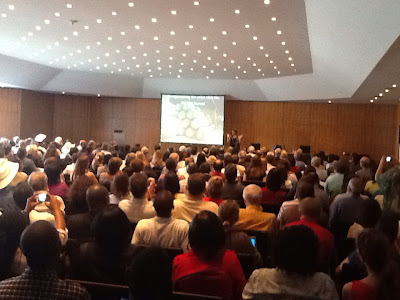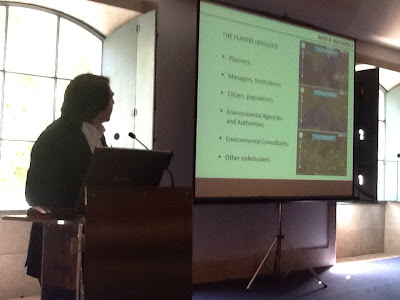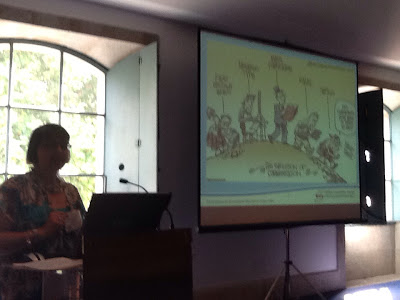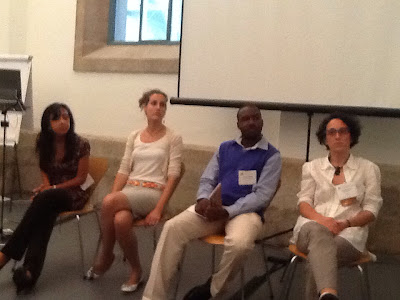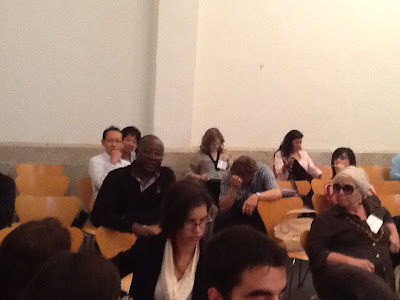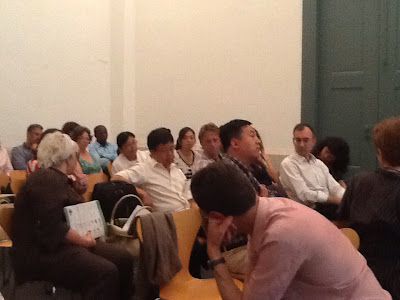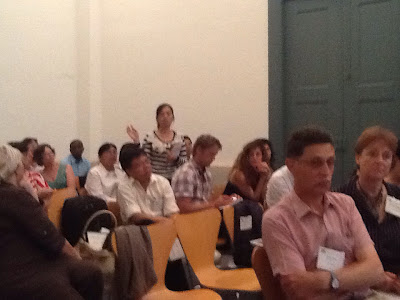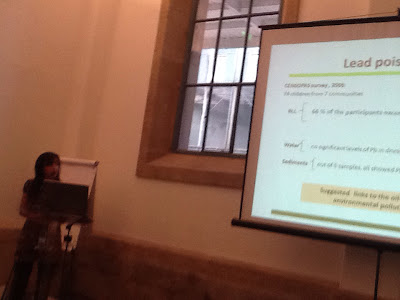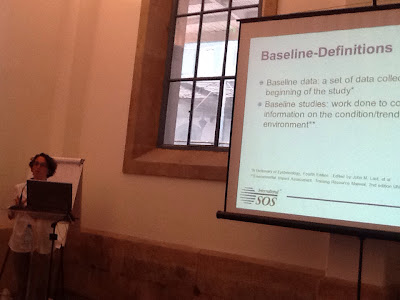In 2012, Anglo American received the International Association for Impact Assessment (IAIA)'s 2012 Corporate Initiative Award. Stephen Lintner, IAIA president, commented on the selection: “The IAIA Board of Directors selected SEAT as the recipient of this new award because we believe Anglo American has made a unique attempt to incorporate impact assessment into the way it manages its operations on a day-to-day basis. We also wanted to recognize the fact that Anglo American is sharing its knowledge and experience in impact assessment by making SEAT available to the public.”
"The seven key steps of SEAT are:
- Profiling our own operations and our host community.
- Identifying and engaging with key stakeholders.
- Assessing the impacts of our operations - both positive and negative - and the community's key socio-economic development needs.
- Improving the management of socio-economic impact and issues during operation and closure.
- Working with stakeholders and communities to help address some of their broader development challenges they would face even without our presence.
- Developing a management and monitoring plan to mitigate any negative aspects of our presence and to make the most of the benefits our operations bring.
- Producing a report with stakeholders to form the basis for ongoing engagement with and support for the community.
In line with SEAT best practice, each of our significant operations now runs a new assessment every three years.
SEAT plays a central role in our programmes to meet the requirements of the International Council on Mining and Metals (ICMM) sustainability principle 9 (i.e. to contribute to the social, economic and institutional development of the communities in which the Company operates).
All senior and site-based personnel who are responsible for community relations are trained in the use of the SEAT process, which includes a human rights screening exercise. For country-entry, mergers and acquisitions activity and for new projects, human rights impact assessments or due diligence are undertaken. A human rights scoping is undertaken in every case, with further investigation as required."
Click here to download the SEAT Toolbox.
Extracts from the International Council on Mining and Metals and Anglo American websites.
Extracts from the International Council on Mining and Metals and Anglo American websites.


